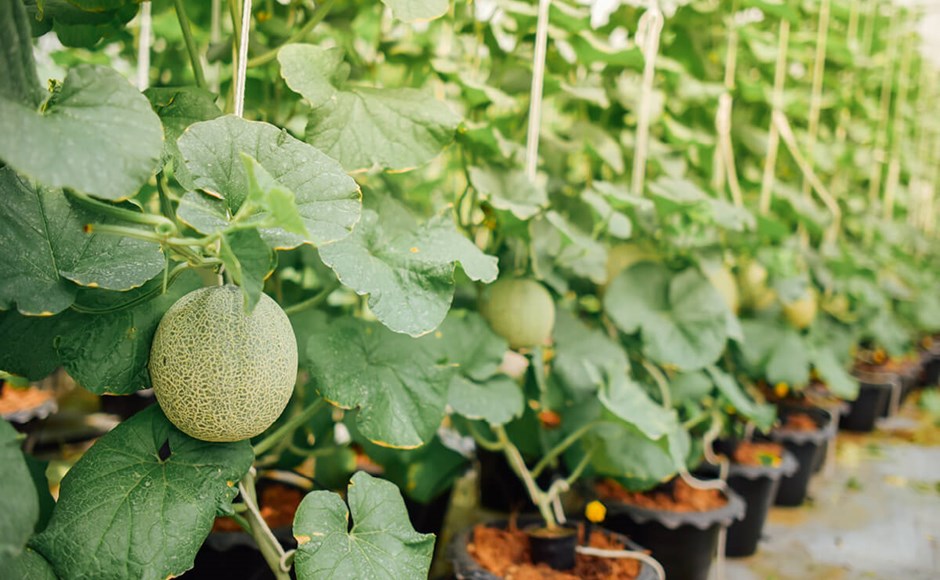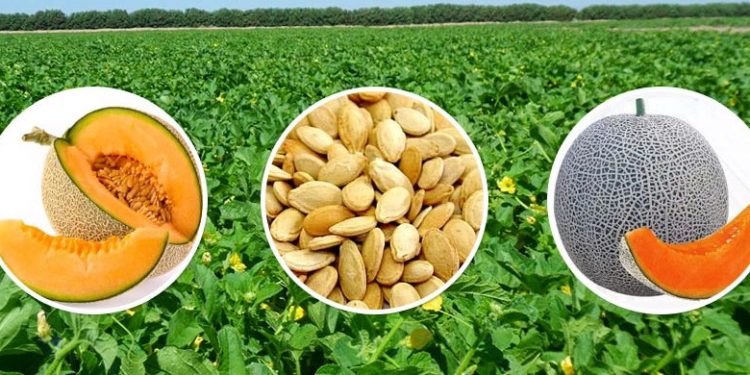A Complete Guide on Muskmelon Farming
Muskmelon is high in vitamin A and vitamin C. Consists of about 90% water and 9% carbohydrates. This is a significant vegetable plant in India. This is the fruit of the mother of many famous cultivars. In addition, Muskmelon farming is a native Slot Gacor of Iran, Anatolia, and Armenia. Punjab, Tamil Nadu, Uttar Pradesh, Maharashtra, and Andhra Pradesh are among the Indian countries that grow Muskmelon.
Tips And Methods Of Muskmelon Farming
Read the following tips nexus engine with care -obey to do muskmelon farming with high results.

Climate requirements
The temperature for Muskmelon farming bakarat online must be 18-30 ° C. and rainfall of 50-75mm suitable for Muskmelon agriculture. Finally, be careful that the temperature must be 25-30 ° C during the harvest.
Land requirements
It thrives in deep, fertile, and well-dried soil. This is the best performing when growing on a well-dried clay. Muskmelon cultivation is not suitable for soil with poor drainage capacity. Plant rotation is important because it grows the same crop in the same field for a long roulette online terpercaya period causing loss of nutrition, poor results, and increased disease.
The perfect soil pH range must be between 6 and 7. High salt concentrations in alkaline soils make it not suitable for cultivation. In addition, you must use excellent agricultural equipment such as Swaraj 963 and others.
Popular varieties
Hara Madhu: This is a late variety. Big and round fruits, with an average weight of about one kilogram. His skin is pale yellow. TSS content is around 13% and very sweet in the test. The meat is green, thick, and runny, and the seeds are small. Therefore, powder mushrooms are not a problem for that. In addition, it produces an average result of 50qtl/acre.
Punjab Sunehri: That’s mature 12 days before Madhu Hara. Round fruits, with net and light brown skin. It weighs an average of 700-800gm and TSS is around 11%. The meat is thick and orange. This has good quality preservation. What’s more, it is resistant to successfully attacked. It has an average result of 65QTL/ACRE.
Punjab Hybrid is a mature variety earlier. The fruit is round, light yellow, and has a net skin. The flesh is thick, orange, runny, and has a very good taste. In addition, TSS can reach up to 12%, with an average weight of 800gm. It is resistant to fruit flies and produces an average yield of 65 liters per hectare.
MH-51: In 2017, released. This results in an average result of 89 liters per hectare. It has a striped round fruit and gauze. In addition, it has a 12 percent sucrose content.
MH-27: In 2015, released. This produces an average of 88QTL/ACRE. It has a 12.5 percent sucrose content.
Soil preparation
Plowing the ground and bringing it to a good tilt. Sowing occurred in North India in mid -February. In addition, sowing occurred in the northeast and West India from November to January. Prepare land with good quality agricultural equipment such as Swaraj 735 and others.
Sowing
The middle of February is the best time to plant muskmelon. Prepare 3-4m wide beds depending on the type of use. Sow two seeds per hill on the bed, keeping a 60cm distance between hills. And sow the seed 1.5cm deep.
We can use sowing methods such as dibbling and transplanting. Also, you can use advanced tractors with sowing implements to make sowing efficient. The tractor price can be afforded by the farmers so that they can use it without any problem.
Transplanting
From the last week of January to the first week of February, sow seeds in a 15cm x 12cm polythene bag with a thickness of 100 gauge. Fill a polythene bag halfway with well-rotten cow dung and soil. By the first week of March, seedlings are ready for transplantation. Transplantation is performed on seedlings that are 25-30 days old. Irrigate immediately after transplanting.
Weed Control
During the early stages of growth, keep the bed weed-free. Weed can cause a 30% yield loss in the absence of proper control measures. Therefore, we should carry out intercultural operations 15-20 days after sowing. Two to three weedings are required depending on the severity and intensity of the weeds.
Irrigation
In the summer, apply irrigation once a week. Irrigate only when necessary during the maturation period. Avoid flooding in the muskmelon field. Irrigation should not wet the vines or vegetative parts, especially during flowering and fruit-set.
Irrigation should be avoided on a regular basis in heavy soil because it promotes excessive vegetative growth. Stop or reduce watering 3-6 days before harvesting for improved sweetness and flavor.
Harvesting
Haramadhu should be harvested when the fruits turn yellow. Then, depending on the market distance, harvest another variety. Fruits for long-distance markets should be harvested at the mature green stage, while we should harvest fruits for local markets at the half-slip stage. The half-slip stage is indicated by a slight depression of the stem end.
Post Harvesting
Precool the field after harvesting to reduce field heat. The size of the fruit is used to grade it. Muskmelons harvested in partial slip can be stored for up to 15 days at 2° to 5°C and 95% relative humidity, whereas Muskmelons harvested in full slip can be stored for 5 to 14 days at 0° to 2.2°C and 95% relative humidity.
